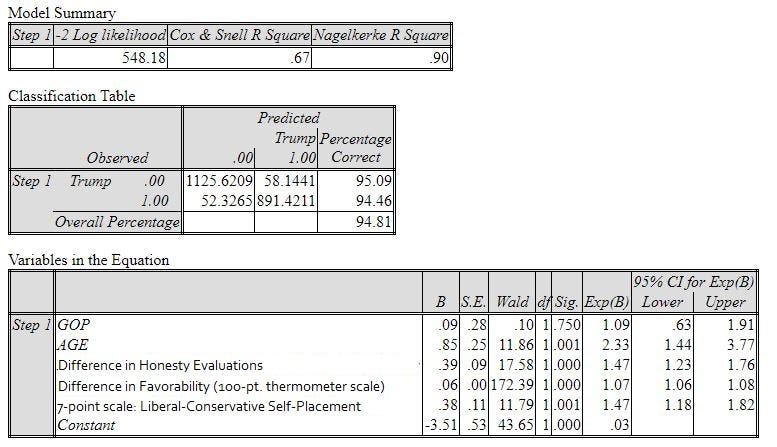By Kent R. Kroeger (April 9, 2018)
{Send comments to: kkroeger@nuqum.com}
Donald Trump’s digital strategy in the 2016 presidential campaign, led by his son-in-law Jared Kushner and with a likely assist from the Russians, had a demonstrable impact on the election outcome.
If it was not a decisive factor in the final outcome, it was pretty damn close.
Its apparent targeting focused on those potential “conservative” voters most vulnerable to defecting to the Hillary Clinton: Less-than-strong conservatives over 40 years of age who used social media to share political information during the campaign.
“Slightly conservative” and “conservative” Americans accounted for 25 percent of the U.S. vote eligible population in 2016 according to the 2016 American National Election Study (ANES). And within that 25 percent, just under half of them said they used Facebook or Twitter (hereafter referred to as social media) to share political information during the campaign. That is almost 29 million people.
That is a large number of potential voters considering the 2016 electoral college result would have changed if only 70,000 Trump voters in Michigan, Pennsylvania, and Wisconsin had voted for Clinton instead.
Our findings, summarized below, are derived from an analysis of the ANES, a pre-post election survey fielded by Stanford University and the University of Michigan (see Appendix A for details on the survey methodology).
Older, less-than-strong conservative voters in 2016 that used social media for sharing political information had noticeably different attitudes
Trump’s digital strategy appears to have been focused on shoring up support among his base by driving up negative feelings towards Hillary Clinton. And, based on the ANES data, the strategy was effective.
In rating Hillary Clinton on a 0 to 100 favorability scale, on average, “slightly conservative” adults aged 40 or older who used social media to share political information gave her a rating of 20.7, compared to 32.1 among otherwise similar adults who had not used social media for sharing political information (see Figure 1 below). A similar relationship emerged among “conservative” adults (aged 40 or older).

Within the other voter segments defined by age and ideology, there were no significant differences in Clinton ratings between social media users and non-social media users.
While not be definitive evidence of the impact of Cambridge Analytica or Russian meddling, it is strong evidence of the effectiveness of Trump’s digital strategy.
When we looked at the relative difference in favorability towards Clinton and Trump (see Figure 2 below), older conservatives again stood out.
Older conservatives that used social media to share political information were significantly more positive towards Trump relative to Clinton (Favorability Gap = 74.1 points), when compared to those in the same demographic category but who did not use social media for political information sharing (Favorability Gap = 53.7 points).
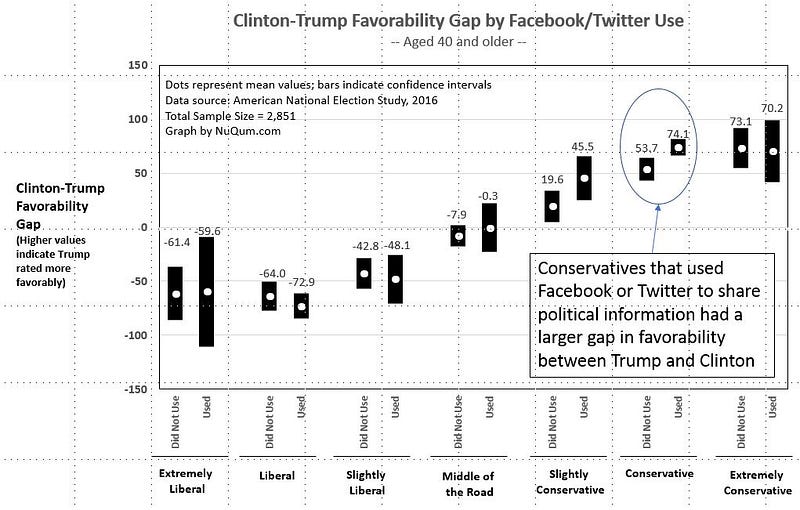
Relative perceptions of the candidates’ honesty was also an important factor in voters’ decision calculus (see Appendix B for a logistic regression model of the 2016 vote choice).
When assessing the honesty of the two presidential candidates, “slightly conservative” and “conservative” adults (aged 40 or older) who used social media also indicated a greater honesty gap in Trump’s favor (Honesty Gap = 1.8 and 2.5, respectively), compared to otherwise similar adults (Honesty Gap = 0.9 and 1.9 points, respectively; see Figure 3 below).

We believe these findings are strong, if not conclusive evidence, that Trump’s digital campaign had a demonstrable impact on the 2016 election.
Quantifying the impact of Trump’s digital strategy
Based on the 2016 ANES survey data, we estimate 28.7 million vote eligible Americans (or about 12 percent of the voter eligible population) were prime targets for the Trump campaign’s social media strategy, and 15.9 million of them voted (see Table 1 below).
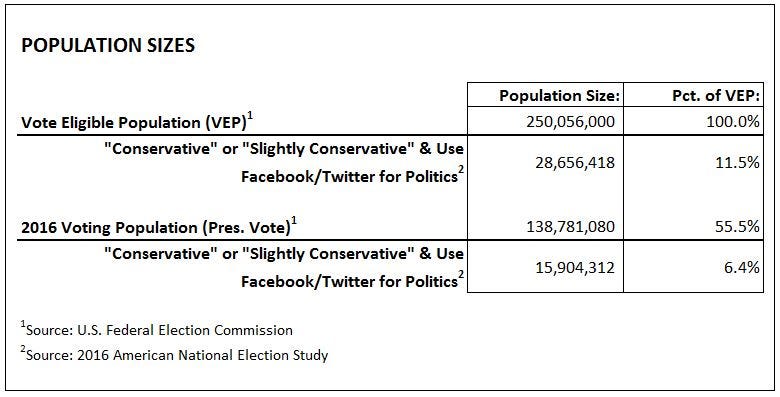
If we remove the “social media effect” (SME) in the 2016 presidential election, we estimate that 849,000 Trump voters would have voted for Clinton instead (Note: We refer to the “social media effect” as the “Facebook-Twitter effect” (FTE) in Table 2 below.)
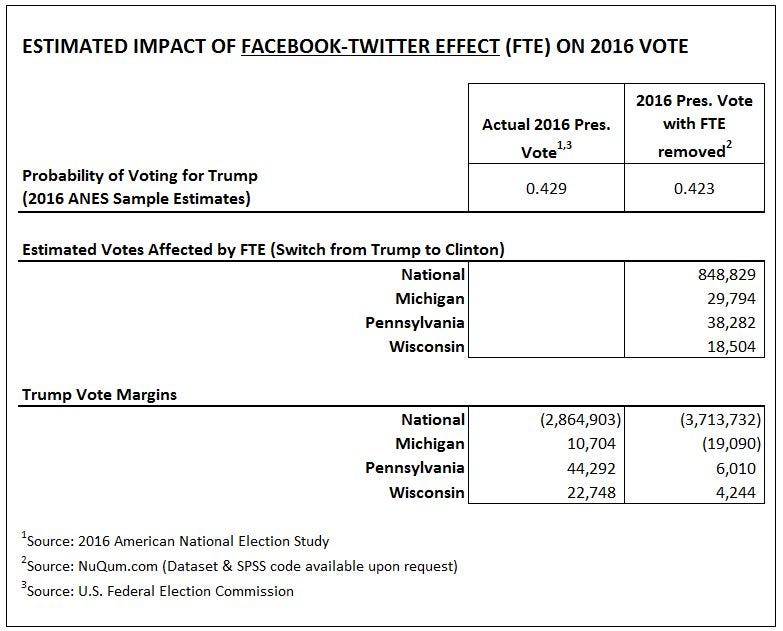
Without the SME, Trump would have lost the popular vote by 3.7 million votes and would have lost Michigan by 19,000 votes (see Table 2 above), yet he still would have won the electoral college in our estimation. But not by much.
Keep in mind, we are not considering other subgroups, particularly “middle of the road” voters, that also may have been impacted by Trump’s social media efforts. The 849,000 votes switched estimate is probably conservative.
Trump’s Facebook ads (particularly those created by the Russians) probably broke through the clutter
The 2016 ANES data cannot tell us what social media ads respondents saw during the campaign. But our analysis reveals the targeted impact of Trump’s digital strategy.
All you have to do is look at some of the Facebook ads from the 2016 campaign to see why Trump’s, particularly those created by the Russians (Internet Research Agency), may have worked better than Clinton’s.
Across the small sample of Facebook ads below, the mainstream Clinton and Trump ads all look professional but are unspectacular and mostly forgettable. The Trump ads created by the Russians (IRA) are crude, unprofessional, and hard to ignore.
Clinton Facebook ads

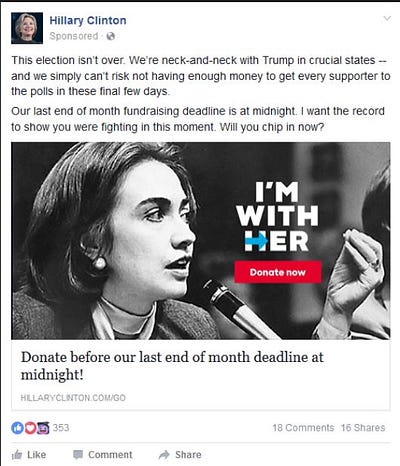

Trump Facebook Ads

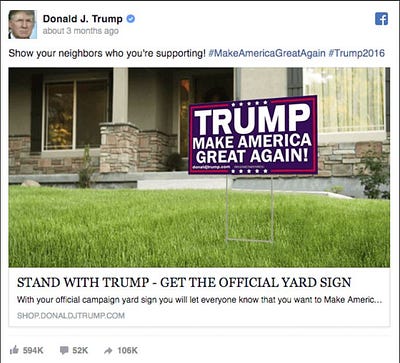
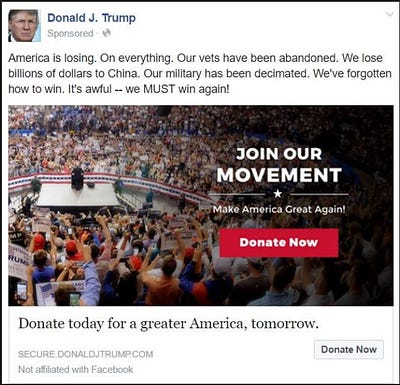
Trump Facebook ads (Russian-created)
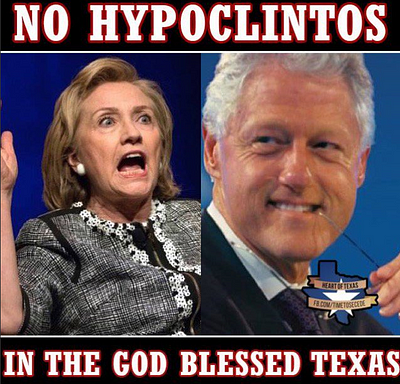

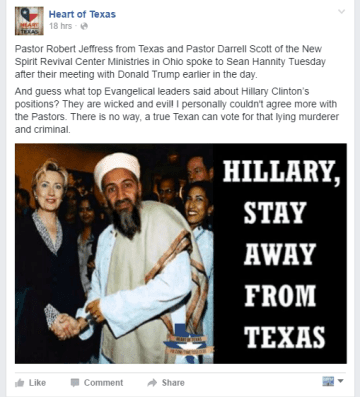
For better or worse, Trump’s campaign was about breaking the rules and conventions of presidential campaigning. He was an unconventional candidate and his digital strategy reflected that fact.
And we now have evidence that the Trump campaign’s digital strategy had a measurable and possibly decisive role in determining the 2016 election outcome.
K.R.K
Appendix A — Methodology
The 2016 American National Elections (Time-Series) Study is sponsored and managed by the University of Michigan and Stanford University.
The national survey is designed to assess electoral participation, voting behavior, and public opinion as it relates to eligible U.S. voters. In addition to the political content of the survey, it also measures media exposure, cognitive style, and personal values.
Data collection for the ANES 2016 Time Series Study began in early September and was completed in January, 2017. Pre-election interviews were conducted with study respondents during the two months prior to the 2016 elections and were followed by post-election re-interviewing beginning November 9, 2016. Both face-to-face interviewing and Internet-based data collection was conducted independently, using separate samples but substantially identical questionnaires. Web-administered cases constituted a representative sample separate from the face-to-face.
The SPSS dataset we used for our analysis combined the face-to-face and Internet samples which can be summarized as follows:

Analytic survey weights, provided by the ANES researchers, were used in all of the quantitative analyses presented in this article.
A complete description of the ANES 2016, including datasets, questionnaires, and supporting documentation, can be found here.
Appendix B: Logistic Model of the 2016 Presidential Vote (American National Election Study)
